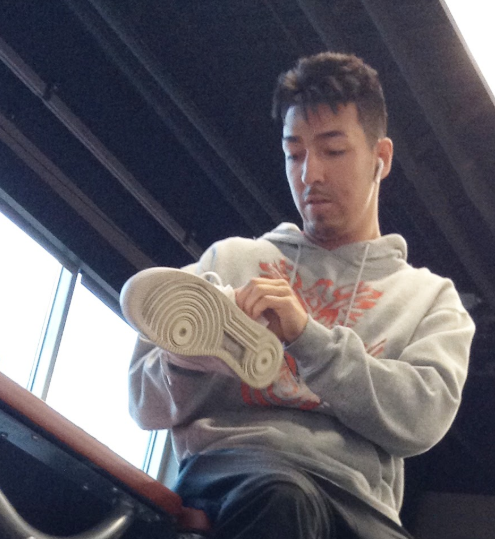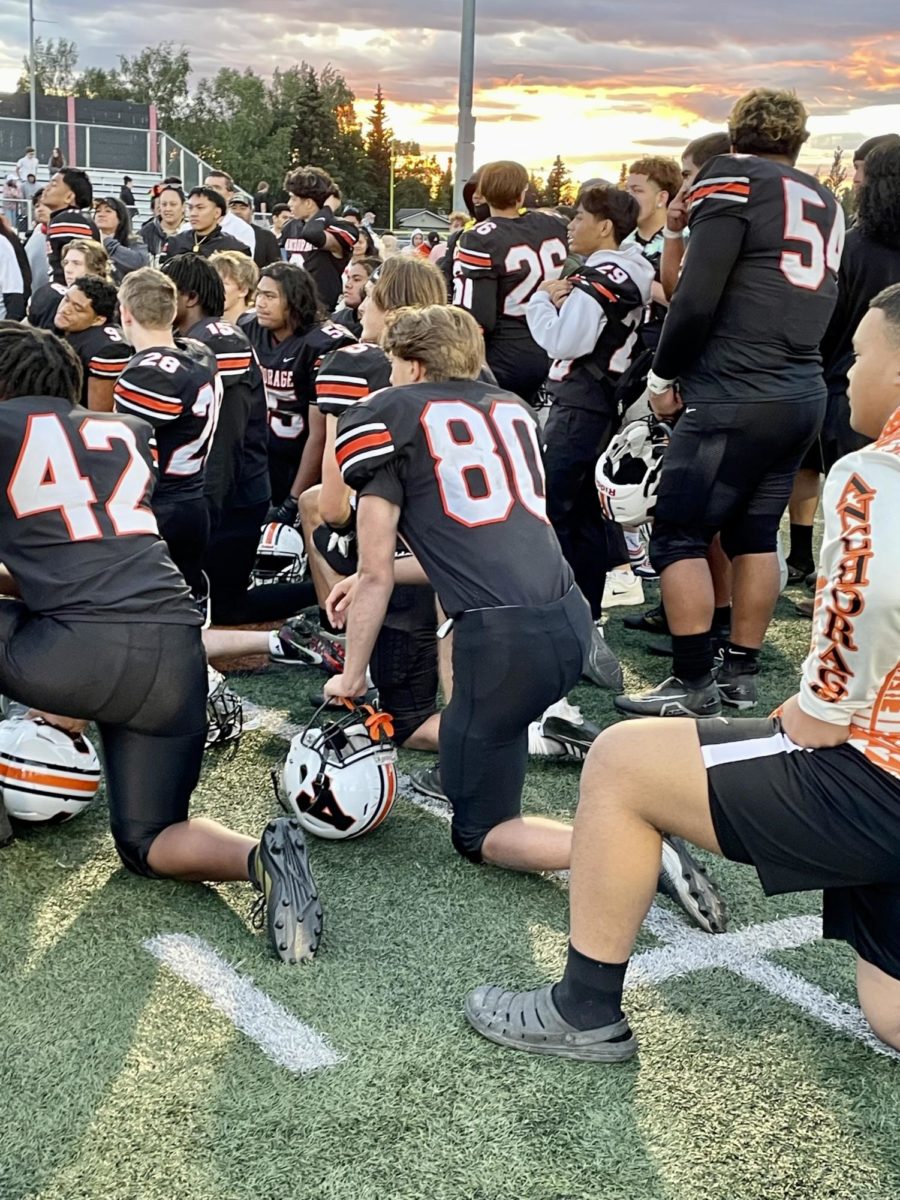Clothing Culture in High School

Bubba Mendoza cleans his Nike Air Force 1 in Mrs. Stephl’s third period class.
January 27, 2020
It’s true that the outside appearance affects the inward thoughts and emotions of a person. The question is, how much does outward appearance affect high schoolers’ inward thoughts and feelings toward their peers.
After conducting a survey among West High students of all grades, an honest perspective of high schoolers’ perspectives on style and stereotypes has been exposed. When asked if they feel that clothing defines their character, 69 percent of the respondents said that they feel that clothing defines their character, while 65 percent said that they define someone else’s character based on their clothing.
In an atmosphere where students are constantly changing how they define themselves and their identity, style and appearance are just more variables to add to the social pressure. It’s well known that teenagers are quick to make snap-judgements, especially based on someone’s appearance. These snap-judgements lead to stereotypes, and these stereotypes come back full circle, adding to social pressure and contributing to the snap-judgements that are made based on first impressions.
In addition to questions about how clothing defines character, respondents were asked if they think that there are certain stereotypes of how high schoolers dress, and what they encompass. Some of the most common stereotypes were VSCO girls, E-Girls/E-Boys, Granola, etc. When asked to describe these stereotypes, respondents almost always based these stereotypes on specific aesthetics and brands, which are then correlated with specific characteristics and personality traits. For example, “Granola” kids are typically known to wear Patagonia, Birkenstocks and Lululemon, and love the outdoors. The typical “Granola” personality includes “hippy” habits and a wild side.
According to senior Zion (Bubba) Mendoza, being a senior has definitely changed the way he dresses. As a freshman, he “dressed how he felt,” but as he has gotten older, Mendoza says, “I’ve changed my mindset to dressing nicely, instead of how I feel.” Mendoza says he doesn’t think that the way you dress affects how you are respected among your peers. “It depends what clique you’re in. Some cliques just wear different clothes… for some cliques that [athletic clothing/gear] wouldn’t be acceptable.”
Ivalu Blanchett, a junior at West, says she feels that people automatically judge you based on your clothing. “I feel like everyone bases off their first impression, how you look; how you present yourself.” Blanchett says her clothing is influenced mainly by social media, but she feels that you can put multiple styles or aesthetics together in one and make it work. Blanchett works at her mom’s boutique and says that when she sees customers buy certain statement pieces, she is inspired to put different styles together. “You can wear whatever… make anything work,” she says.
On the other hand, Joshua Stolz, a senior at West, says he doesn’t think that he is ever judged based on his clothing. “No one can judge me, I’m the best.” When it comes to how he dresses, he doesn’t think it really matters. “It’s only important when you’re playing football… look good and play good. You can’t look bad on the field.”
Among athletes, Stolz and Mendoza both agree that Nike is the top choice. “Since I was a kid, rocking Nike everyday. I always have Nike… All I wear is Nike,” Mendoza says in reference to his favorite shoe brand. “When I was a little kid, my dad wore Nike, so when he would buy me clothes, it was always Nike. So I just had to keep it going,” Mendoza says when explaining why he only wears Nike.
After exposing the honest opinion of the West student body as well as the opinions of some of West’s best-dressers, we have found that there are stereotypes among students’ style; however, most students choose to dress for themselves. If we all work collectively to change the culture of judging students based on their clothes, we can create an atmosphere where students feel free to wear anything they feel. In doing this, we can create a better high school experience for everyone, where students can use their style to express themselves, or not. Through more accepting and less judgmental attitudes based on physical appearance, we can place more focus on character and personality: the important things.






